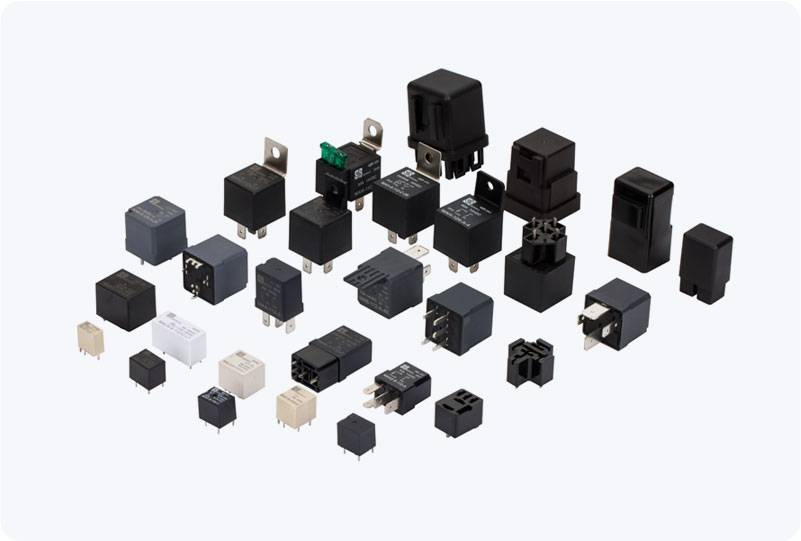understanding hv insulation fault relay: essential protection for high voltage systems
Release time:2025-06-17 10:02:22
High Voltage (HV) Insulation Fault Relays are critical components in the protection of electrical systems, particularly in high-voltage applications such as power stations, substations, and industrial facilities. These devices play an essential role in ensuring the safety and reliability of electrical infrastructure by detecting insulation faults and preventing the escalation of potential issues that could lead to significant damage or hazardous conditions. In this article, we will explore the key functions, importance, and applications of HV Insulation Fault Relays, highlighting their role in enhancing system performance and safety.

What is an HV Insulation Fault Relay?
An HV Insulation Fault Relay is a protective relay designed to monitor and detect faults in the insulation of high-voltage electrical systems. Its primary function is to continuously monitor the insulation resistance of equipment such as transformers, cables, and circuit breakers, and detect any degradation or failure in insulation integrity. Insulation faults can be caused by various factors, such as aging, contamination, mechanical stress, or electrical overloading. Once a fault is detected, the relay triggers a protective action, such as an alarm, shutdown, or isolation of the faulty section, to prevent further damage to the equipment or the electrical network.

